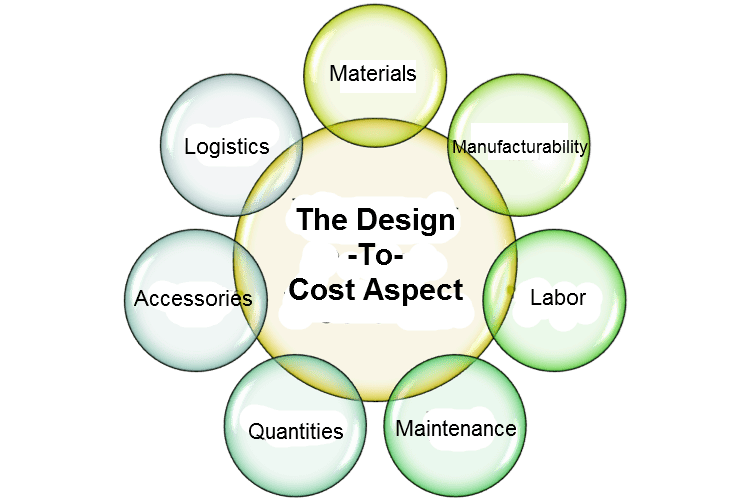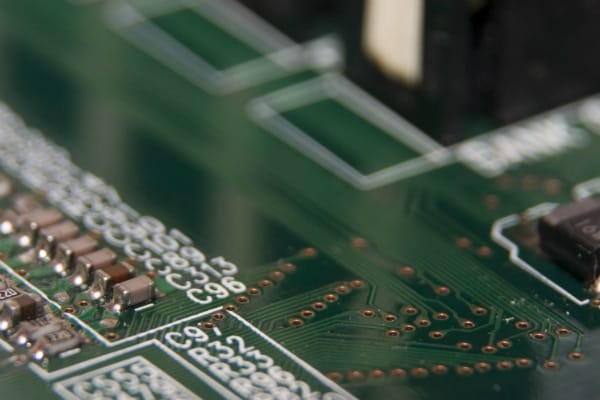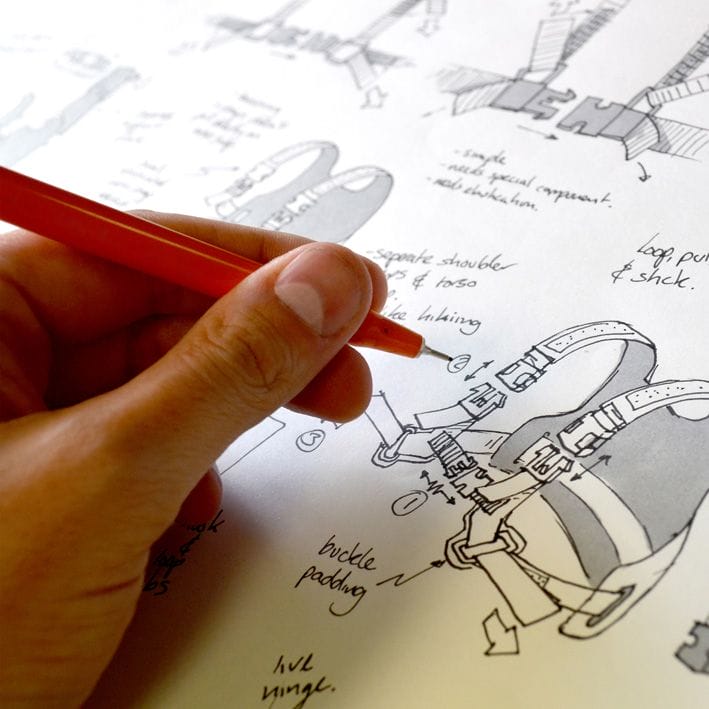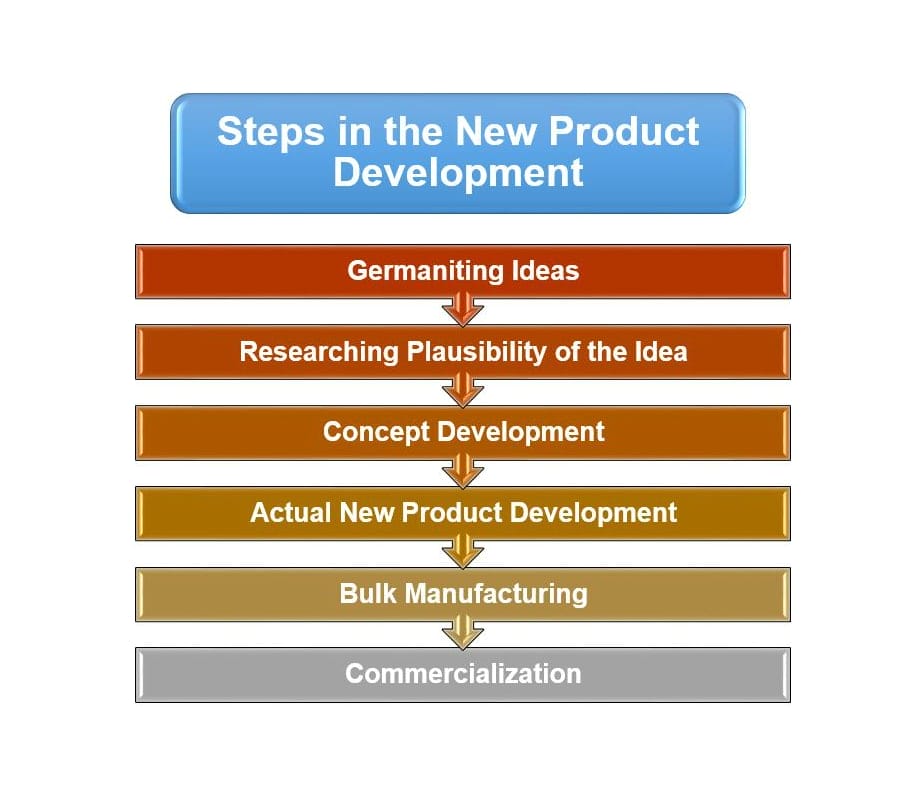30 Mar 2016
Product Design – The Design-To-Cost Aspect
When it comes to product development, most inventors fail to recognize or overlook the importance of product design. While every phase of...


















